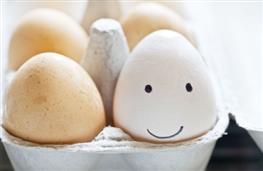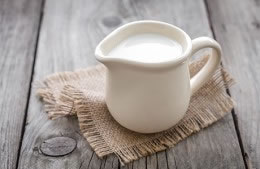Everything You Need To Know About Mardi Gras and Pancake Day
What is pancake day and Mardi Gras and why is it celebrated? Here’s what you need to know…
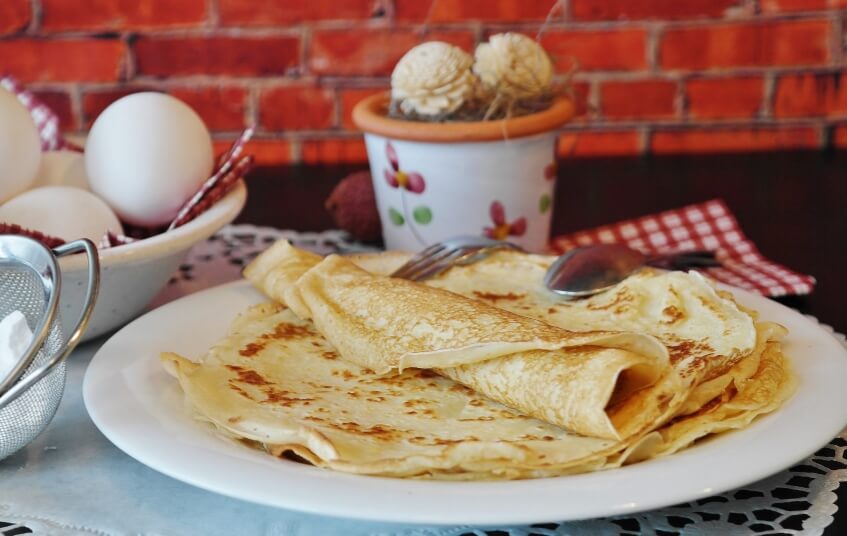
Share
What is pancake day and Mardi Gras and why is it celebrated? Here’s what you need to know…
Growing up in England pancake day was always a day to look forward to. My mum would cook up a big batch of pancakes and we could add as many sweet toppings as we liked.
But I never really knew why we ate pancakes. I knew it was something to do with religion but not exactly what. So, I did a bit of research and here’s why we have pancake day or Mardi Gras in the US, South America and other counties around the world.
It’s all because of Lent
Lent is a Christian tradition; according to bible, Jesus spent 40 days fasting in the desert where he was tempted by Satan. Lent started as a mirroring of this with people following Jesus’ example by giving up vices and foods such as milk and eggs before fasting.
Ash Wednesday is officially the start of Lent but its exact date changes each year depending upon when Easter falls.
To mark the day, clergy all over the world burn palm from the previous year’s Palm Sunday services to create ash which is then rubbed on people’s forehead with the words “Repent, and believe in the Gospel" or "Remember that you are dust, and to dust you shall return"
Lent lasts for 40 days until the Thursday before Easter Sunday, April 13, which is known as Holy Thursday.
What is Mardi Gras?
Depending on which country you are in, the day before Lent will be known as either Mardi Gras or Shrove Tuesday.
Mardi Gras also refers to the carnival of events that take place beginning on Epiphany (Three Kings Day) until the start of Lent.
The French phrase Mardi Gras is Fat Tuesday in English, mostly because we use up the fatty foods before Lent.
In England, Pancake day is Shrove Tuesday, its name comes from the Christian tradition trying to be 'shriven' before Lent. Christians would go to Confession, where they admit their sins to a priest and ask for absolution.
So why do we eat pancakes?
As with Mardi Gras or Fat Tuesday, people must eat up all of the foods such as eggs and milk to stop them going off. Flour and salt are added, with the four ingredients said to represent a different part of the Christian faith.
The eggs are said to symbolise creation, the flour as the main part of the human diet, salt for wholesomeness and milk to purity.
How is it celebrated around the world?
As well as eating fatty foods, many people take the opportunity of Mardi Gras to hold parties and carnivals around the world.
The most famous being the Brazilian carnival and the Mardi Gras parade in New Orleans.
Here’s a little look at what other people around the world are eating.
In Poland, Shrove Tuesday is Sledziowka (sledz is a herring in Polish). The most popular dish is herring prepared in a variety of ways. They also eat donuts called faworki.
In Madera Portugal, they also eat donuts, known as malasadas, with families having their own recipes. This tradition was taken to Hawaii where Shrove Tuesday is known as Malasadas Day.
Donuts again in Scandinavia, called Selma or fastelavnsboller, which are traditionally filled with cream and almond paste.
In Finland, the day is called laskiainen and people eat green pea soup and a pastry called laskiaispulla it’s a sweet bread filled with whipped cream and jam or almond paste, the same as the Swedish semla.
In Estonia and Finland they also eat green pea soup, but it’s not all bad as they also eat Selma!
In Spain, the Carnival Tuesday is named "día de la tortilla" ("omelette day"): an omelette is made with sausage or pork fat.
Iceland: Salted meat and split pea soup (again), but Shove Tuesday is called ‘Sprengidagur’ – ‘Exploding Day’!
Mexico and Louisiana, they eat king cake. A garish cake with a plastic baby inside. If you are lucky enough to get the baby in your piece of cake you are king for the day.
So who else eats pancakes?
In Canada, Australia and Ireland they also eat pancakes.
The Australians pancakes, known as pikelets, are thicker than the British pancake.
In Lithuania the day is called Užgavėnės and people eat pancakes called blynai and Lithuanian-style doughnuts called spurgos.
Here’s the good bit
I used to make pancakes for my daughters every Tuesday, because they liked them so much, but I did insist they had a savoury one, usually chicken in creamy sauce, before the sweet ones.
Here’s the recipe
2 medium eggs
200ml whole milk
Rapeseed oil for frying
Pinch of salt
110g plain flour
Method
1) Sift the flours and salt into a large bowl. Lightly beat the eggs.
2) Make a well in the centre and add the eggs. Starting in the centre whisk the eggs in gradually combining the mixture.
3) Add the milk slowly and beat until the batter is smooth.
4) Heat a non stick frying pan or pancake pan until very hot. Drizzle with a little of the oil and using a spatula spread out to the edges.
5) Using a ladle, pour in batter and swirl pan around to spread batter to the edges of the pan.
6) When the top of the pancake has lost its liquid look, loosen and flip over with a spatula, cook for a further 1-2 seconds on the other side.
7) Line a plate with a piece of tin foil twice as long as the pancakes. Slide the pancakes onto the plate and fold over the foil to keep them warm while you make the rest.
Check out the recipe here to see the full nutrition.
Our favorite topping was chocolate spread and double cream, here’s how to do it:
1) Put equal amounts of chocolate spread and double cream into a bowl.
2) Pop into the microwave a cook for about 20 seconds.
3) Stir to mix together and check if it is hot enough. If needed pop it back into the microwave for a few more seconds.
4) Pour onto pancakes roll and enjoy.
So now you know all there is to know. Have a fabulous pancake day or Mardi Gras and don't forget you've got 40 days of being good ahead!
Now check these out
Love this? Get blogs and more in your inbox
Subscribe to receive our blogs plus each weeks featured ingredient, recipe and nutrient in your inbox
Thank you for registering

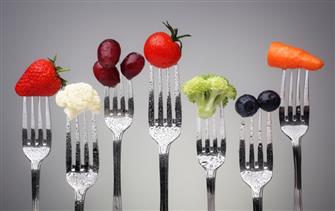 About nutrients
About nutrients
 All nutrients
All nutrients
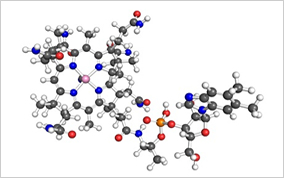 vitamins
vitamins
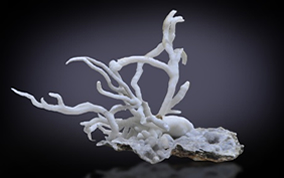 minerals
minerals
 phytochemicals
phytochemicals
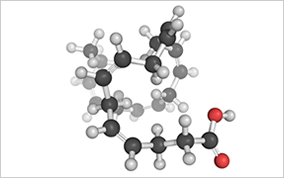 fatty acids
fatty acids
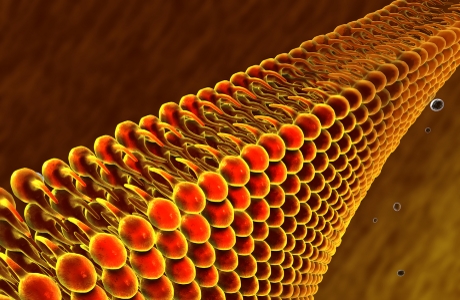 macronutrients
macronutrients
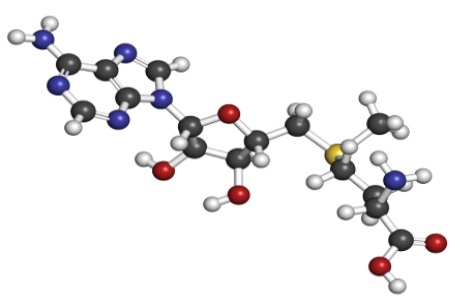 amino acids
amino acids

